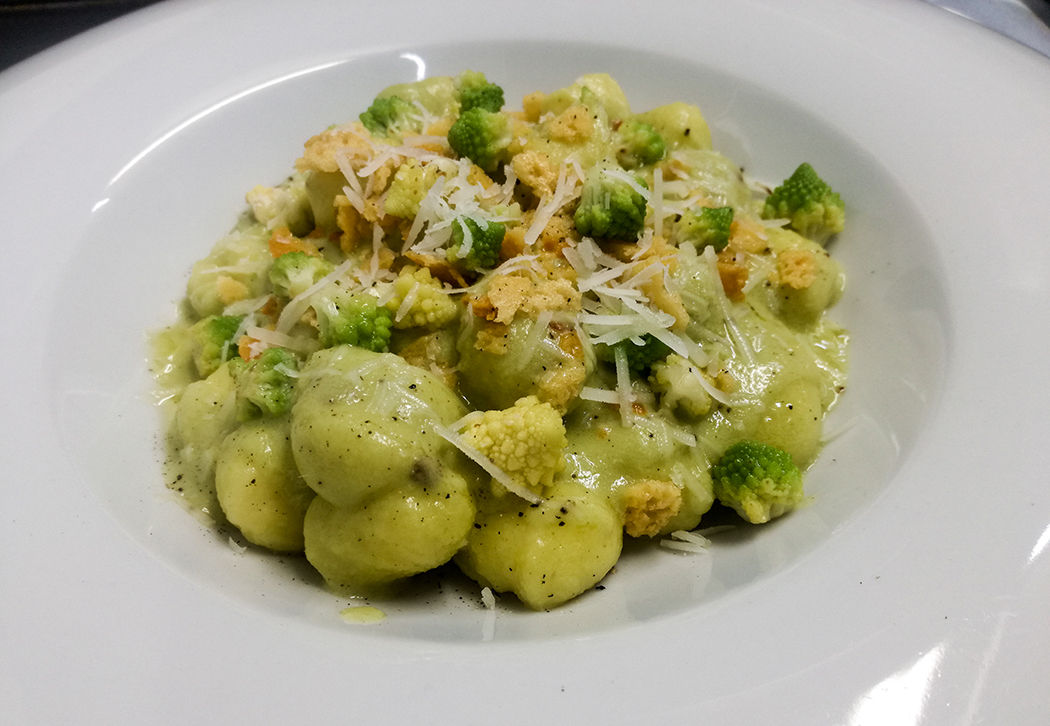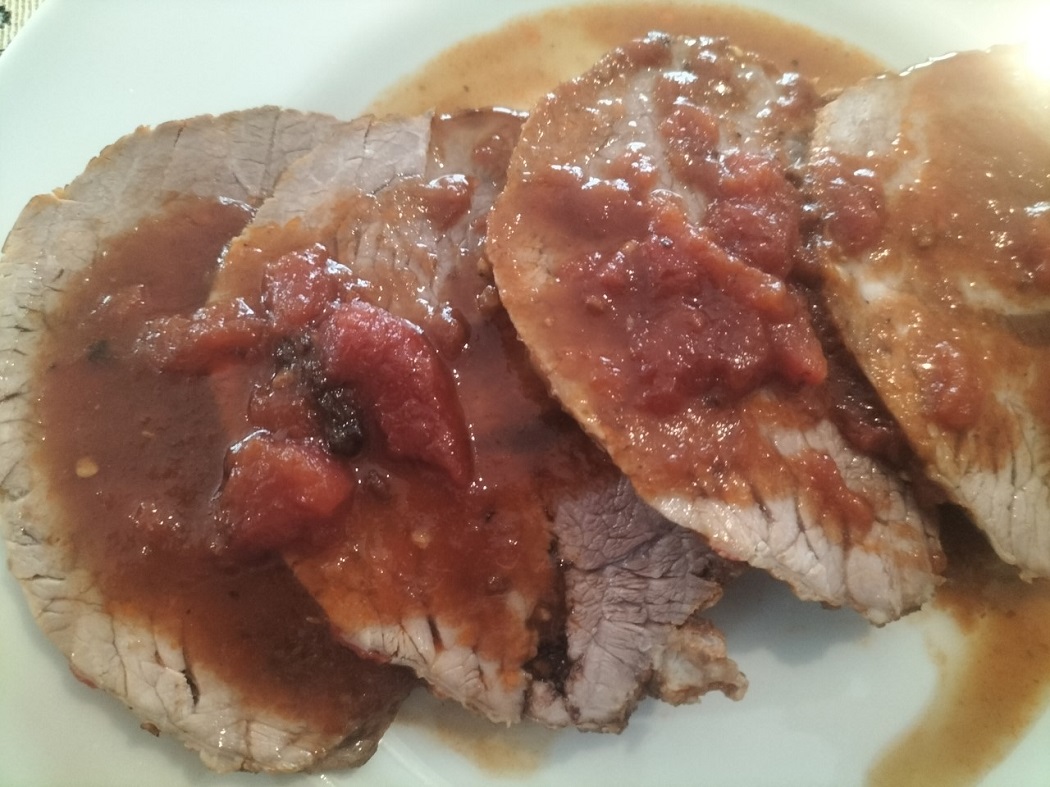Go to Filettino and fall in love! Oh yes, it happened to me, but in a metaphorical sense: I fell in love with a taste, that of the Roman Cabbage.
I had already tasted it at other times, more or less similar, more or less good. Yet here, at the inn “La Galleria", from the expert hands of the cook Maria, an elderly lady but still more than spry, I fell madly in love with the flavour of the Roman cabbage paired with Roman cheese, all seasoned with a fantastic handmade dumpling!
The day was perfect in Filettino, the highest town of Lazio at 1,075 meters above sea level, surrounded by tall beech trees and the lush nature of the Simbruini Mountains Park.
Here arises the Aniene, the second river of Rome, and everything smells clean. You can sense the aromas of the earth and you can taste vegetables of high altitude that are among the most tasty.
What is there to say? Thanks to the local restauranteurs with the best abundant taste experience, coming from real taverns, that now we hope to be able to live up to the task in a personal version of the ‘Gnocco with the Romanesco Cavolo and Pecorino’ (Dumpling with Roman Cabbage and Pecorino Cheese)!
Of course I cannot help but add a personal touch with a few anchovies that combine very well the pecorino with Roman cabbage and that mitigate the sulphurous smell of this kind of vegetable.
For the recipe: the preparation of the dumplings:
Boil the potatoes (or put them in a pot with cold water and let it boil) until they are soft enough to insert a fork easily, about 30 to 45 minutes after boiling.
Remove from the water and peel them while they’re still hot and mash them with the help of a potato masher or a fork, inside a bowl. Now add a pinch of salt, a teaspoonof it and an egg for each kg of potatoes and 100g of flour, knead until you get a homogeneous, compact and soft paste.
Check if it is advisable to increase the doses of the flour or the egg, but remember to not knead too much as you could make them harder in cooking.
Let the mass rest for 15/20 minutes in the fridge, then remove the pieces and roll out on a pastry board with some flour, making the cylinders about an inch in length. Put them back in the fridge for another 15/20 minutes, so that they are compact and keep their shape during cooking.
You could find an excellent ally in rice flour, add about 20g per kg of potatoes, to give a stronger structure to the dough.
Roman cabbage cream
Blanch (drop in boiling water and remove when it starts boiling again, or at most a few seconds or minutes later) the tops and the stem of the Roman cabbage making more than 2/4 pieces from base of the Cabbage, the larger ones.
The stem takes a few minutes longer, therefore, cut into small pieces, put it in boiling water 5/6 minutes before the smaller and green tops.
Once blanched drain and put aside a quarter of the tops, among the most beautiful, the rest mix with 10/12 anchovies, helping with a little cooking water and extra virgin olive oil then adjust salt (be careful that the anchovies are already salted).
Pecorino wafer
Put two good handfuls of pecorino romano cheese in a fairly large and hot non-stick pan and wait until they change colour and get a golden colour, turn it over and finish a few seconds or a few minutes on the other side. Keep aside and let it cool. In total it will take 3/4 minutes maximum.
Dishing Out
Remove the dumplings as they float to the surface and mix them in the pan with the Roman cabbage cream, that must be very hot but with the fire off, then take precautions to reheat it.
Add a little olive oil and grated pecorino cheese, stir with a ladle and maybe add a little cooking water. Once you have reached the desired consistency, finish laying the tops that were aside, place for a few minutes in the pan on a high flame with garlic, chili and a little oil.
Add a few pieces of anchovy just drained from their oil and some seeds of fennel if you like!
Finally crumble the pecorino wafer and serve.









Follow us